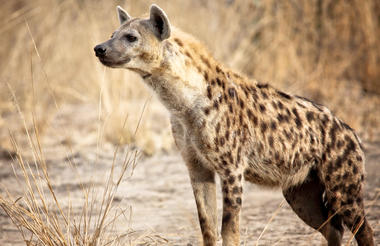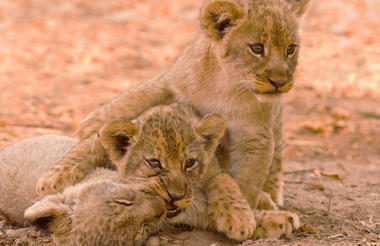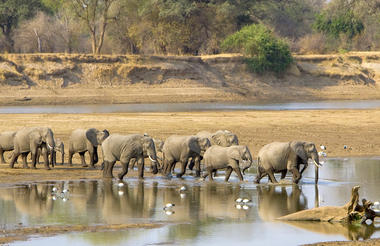Based on the banks of the Kafue River, deep within Kafue National Park, Musekese's landscape shifts between miombo woodlands and open plains, and waterways, creating a environment that support a wide range of wildlife. Elephant herds are frequently seen during the dry season, while plains game such as sable, hartebeest, zebra, and large numbers of puku are common across the grasslands. Birding is particularly rewarding, with hundreds of species recorded in the area. A permanent, water-fed lagoon—locally called a dambo—draws wildlife throughout the year. Canoe safaris offer a quiet way to explore river channels rich in birds and hippos. Game drives and walking safaris help visitors explore further. A visit to the Musekese Conservation NGO Research Centre provides insight into ongoing efforts to protect the area.
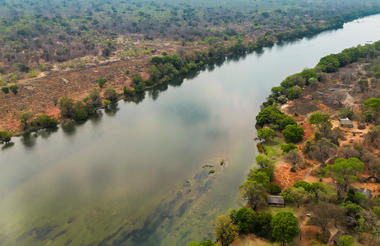
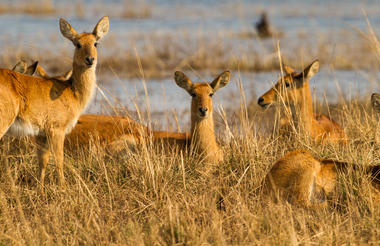
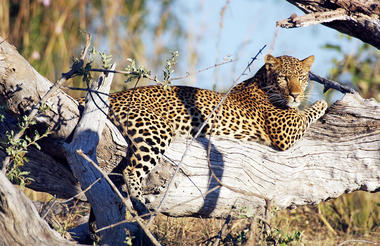
Located on the Zimbabwean border in the southern reaches of Zambia, the Lower Zambezi region is best known as the home to the Lower Zambezi National Park which features exceptional, undeveloped wildlife areas. It is renowned for its abundant game - hippos, buffalo, crocodiles, fish eagles, and herds of elephants can be spotted, among other species. The landscape is characterised by rugged, unspoilt wilderness of vast floodplains, scattered with indigenous woodlands. Visitors can look forward to an array of wonderful activities along the Zambezi including game drives, walking safaris, canoe trips, and excellent tiger fishing.
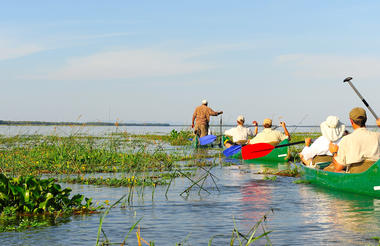
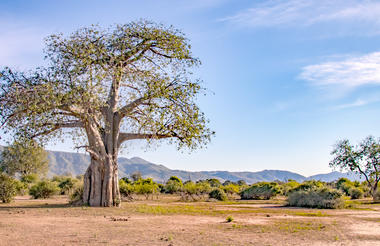
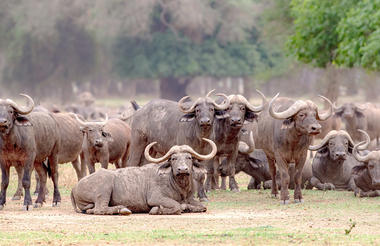
As previously described
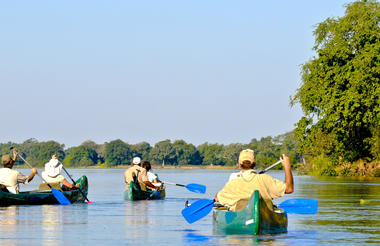
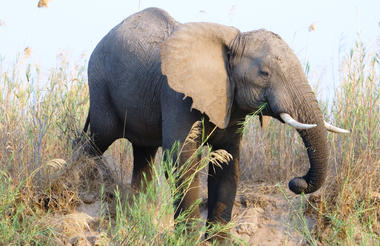
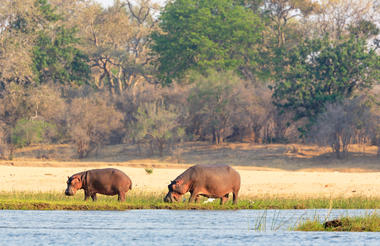
Bordering the Luangwa River, the northern and southern Luangwa National Parks contain some of the most breathtaking and untouched wilderness in Africa. As a result of this and the parks’ successful anti-poaching campaigns, the area has developed into a world-renowned wildlife haven. The South Luangwa National Park is renowned for its walking safari, which allows visitors to view elephant, hippo and even lion close-up under the supervision of professional and knowledgeable armed guides.
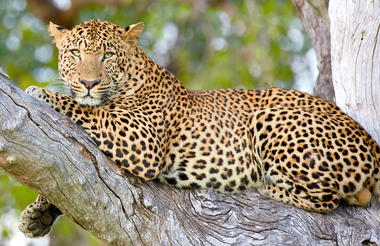
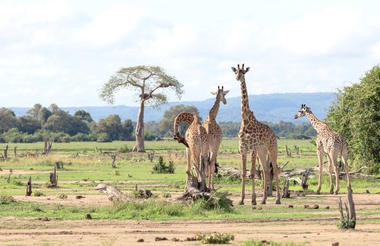
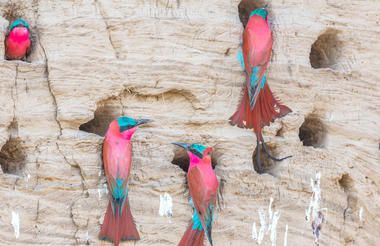
As previously described
